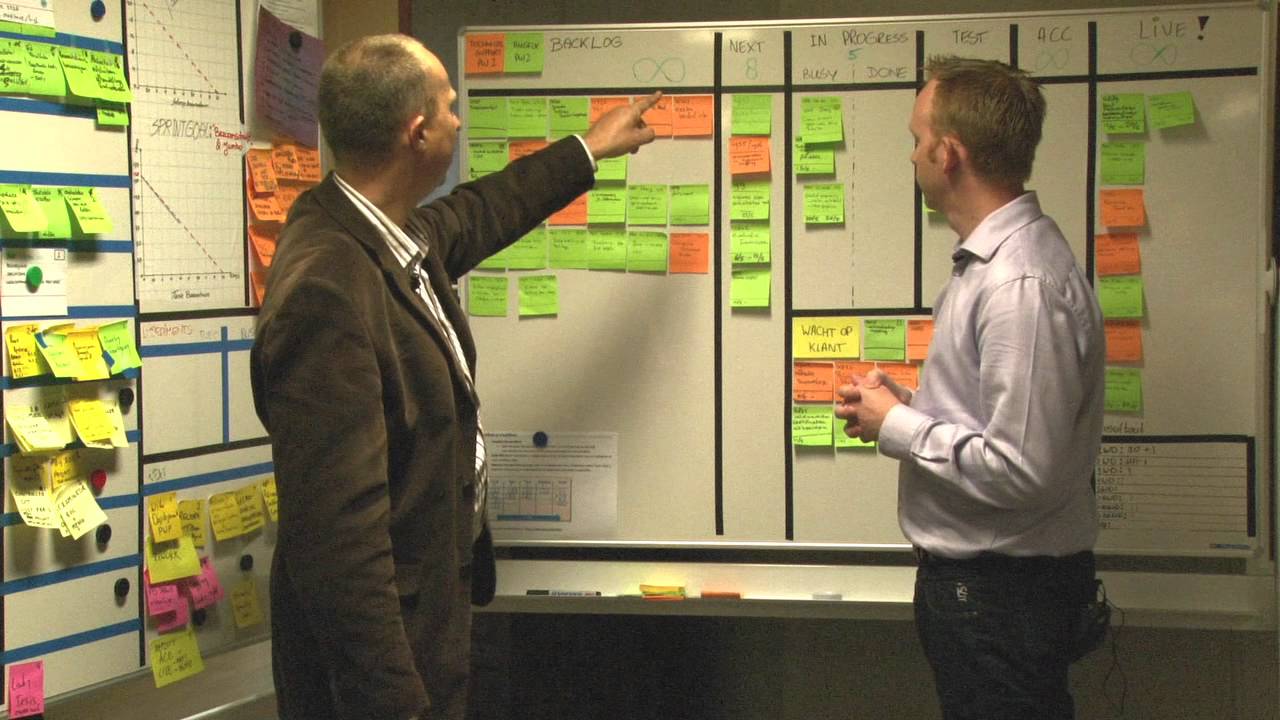Continuous Feedback
Continuous feedback is part of basic principles of Agile project management, using techniques such as Test Driven Development (TDD), Continuous integration or daily stand-ups meetings that allow the Scrum team to share concerns about potential challenges as well as coordinate efforts to resolve difficult and/or time-consuming issues.





